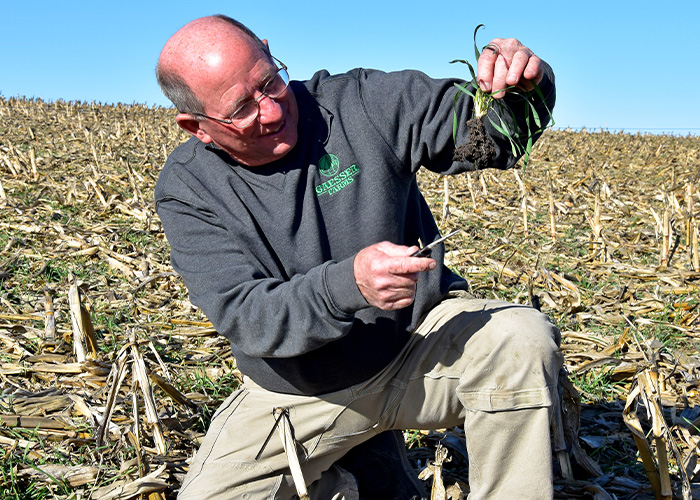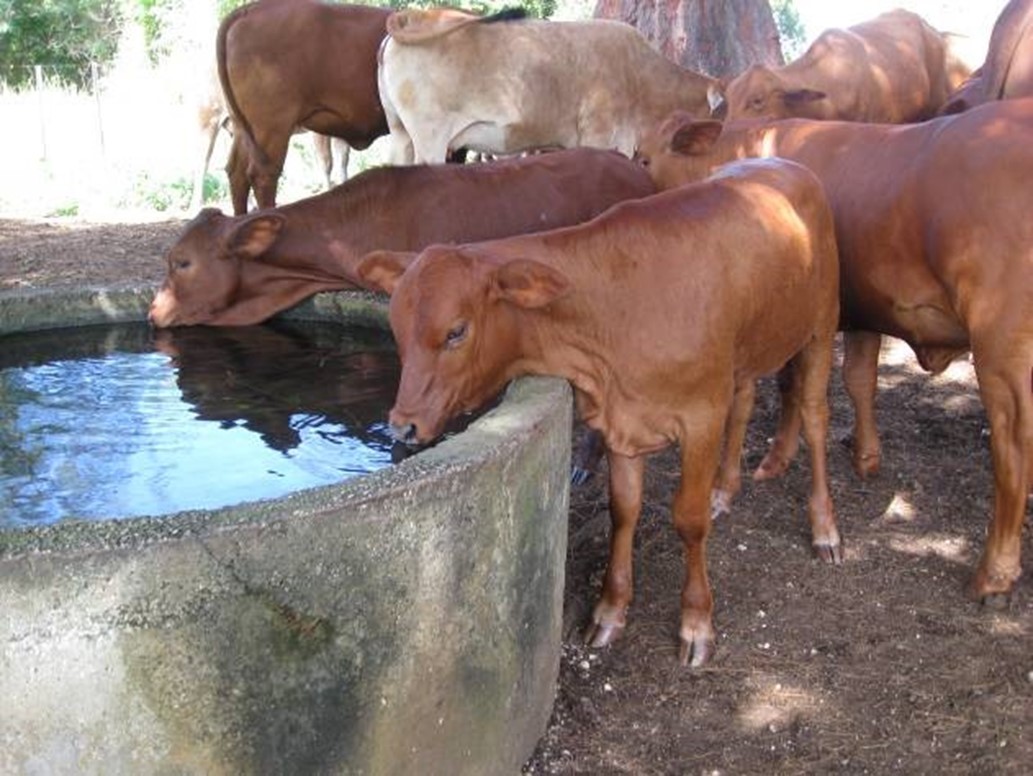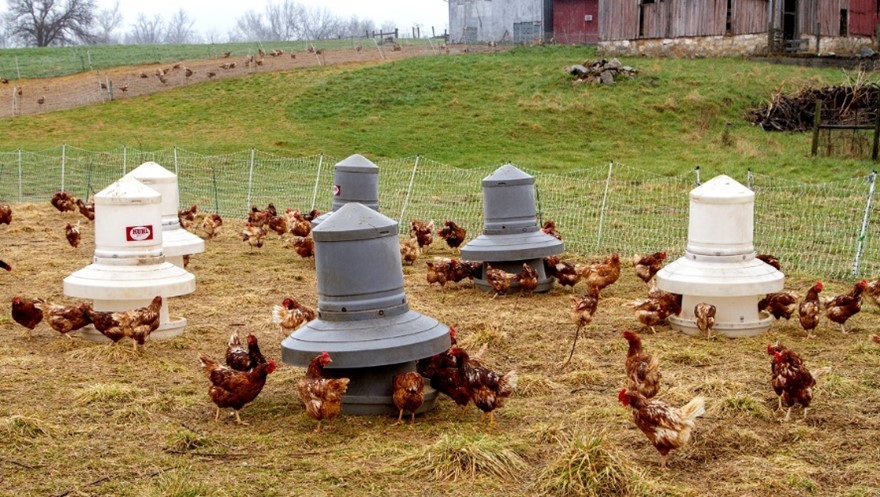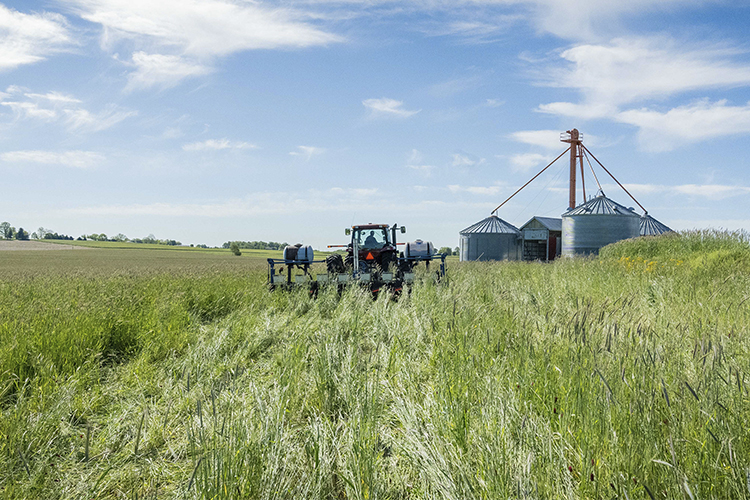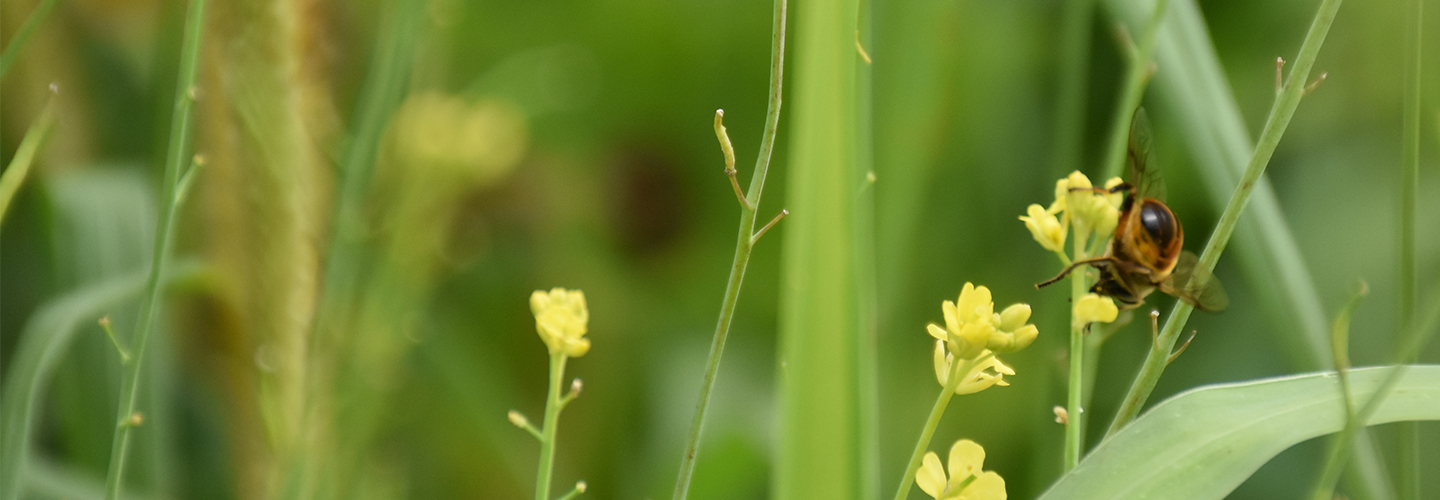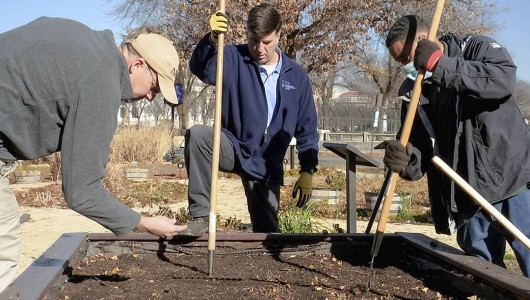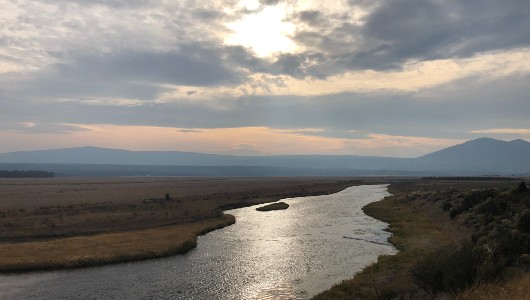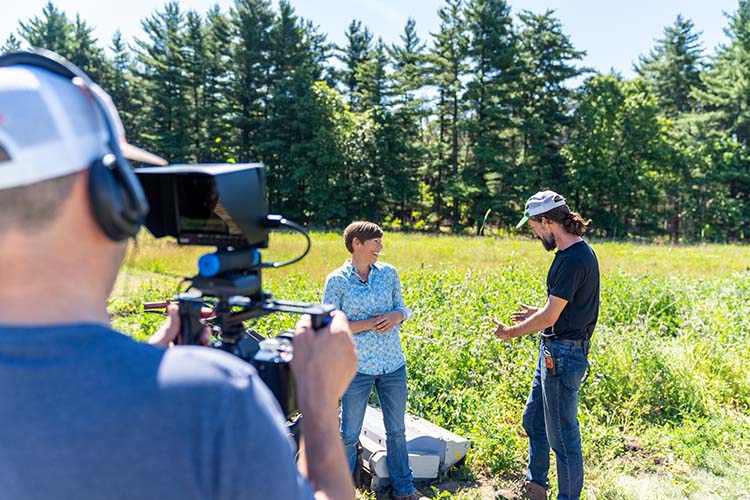Healthy soil is the foundation of productive, sustainable agriculture.
Managing for soil health allows producers to work with the land – not against – to reduce erosion, maximize water infiltration, improve nutrient cycling, save money on inputs, and ultimately improve the resiliency of their working land.
Whether you grow corn in Alabama, raise beef cattle in Wyoming, or something in between, we’re here to help you build the health of your soils and strengthen your operation. Learn here about the principles of soil health and usable best practices. Then visit your local USDA service center where we can help you develop a management plan that supports your goals.
Effective beginning 5/20/2025: Please note this site is under review and content may change.
Minimize Disturbance
From hooves to plows, soil is disturbed in many ways. While some disturbance is unavoidable, minimizing disturbance events across your operation builds healthier soils.
To minimize disturbance of your soil, you can:
- Limit tillage
- Optimize chemical input
- Rotate livestock
Maximize Soil Cover
As a general rule, soil should be covered whenever possible. You can plant cover crops as part of both grazing and cropland operations.
To maximize soil cover year round, you can:
- Plant cover crops
- Use organic mulch
- Leave plant residue
Maximize Biodiversity
Increasing diversity across your operation can break disease cycles, stimulate plant growth, and provide habitat for pollinators and organisms living in your soil.
- Plant diverse cover crops
- Use diverse crop rotations
- Integrate livestock
Maximize Presence of Living Roots
Living roots reduce soil erosion and provide food for organisms like earthworms and microbes that cycle the nutrients you plants need.
- Reduce fallow
- Plant cover crops
- Use diverse crop rotations
No Till or Reduced Till
We’ve learned that most operations do not need heavy tillage – or often any tillage at all – to produce healthy crops. Minimizing tillage can reduce soil erosion across your operation while saving time and money by reducing annual fuel and labor investments.
2 minute video
Crop Rotation
Diversity can be improved with cash crops as well as cover crops. Diverse crop rotations can reduce pests and diseases that are specific to certain plant species, build the health of soil microbes that provide nutrients to your plants and ultimately lead to improved yields.
2 minute video
Cover Crops
Though not typically harvested for a profit, cover crops still provide valuable services to your operation. The roots of cover crops make channels in the soil that improves its ability to take in water. Cover crops also build soil organic matter, hold soil in place, and feed soil organisms that provide valuable nutrients to cash crops during the traditional growing season.
2 minute video
Rotational Grazing
Grazing animals recycle nutrients across the landscape. By managing your livestock to graze where and when you want, you can return valuable nutrients and organic matter back to your land and ultimately your soil. Learn more on USDA's ClimateHub website: Managing Grazing to Improve Climate Resilience.
2 minute video
Find Your Local Service Center
USDA Service Centers are locations where you can connect with Farm Service Agency, Natural Resources Conservation Service, or Rural Development employees for your business needs. Enter your state and county below to find your local service center and agency offices. If this locator does not work in your browser, please visit offices.usda.gov.
Learn more about our Urban Service Centers.
Visit the Risk Management Agency website to find a regional or compliance office or to find an insurance agent near you.

